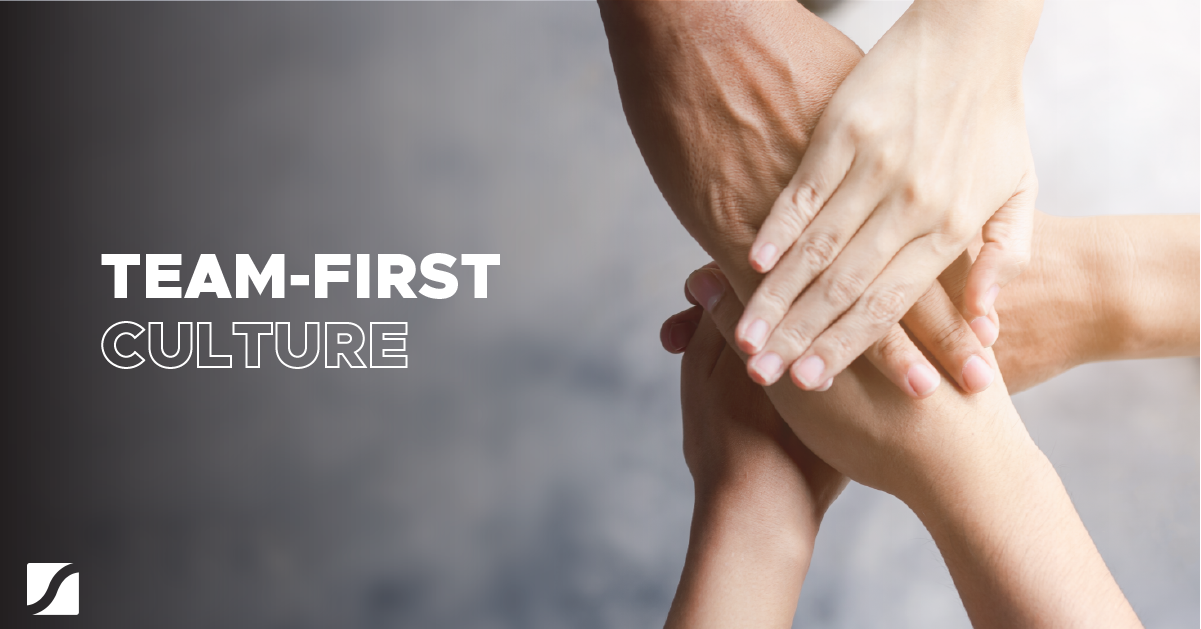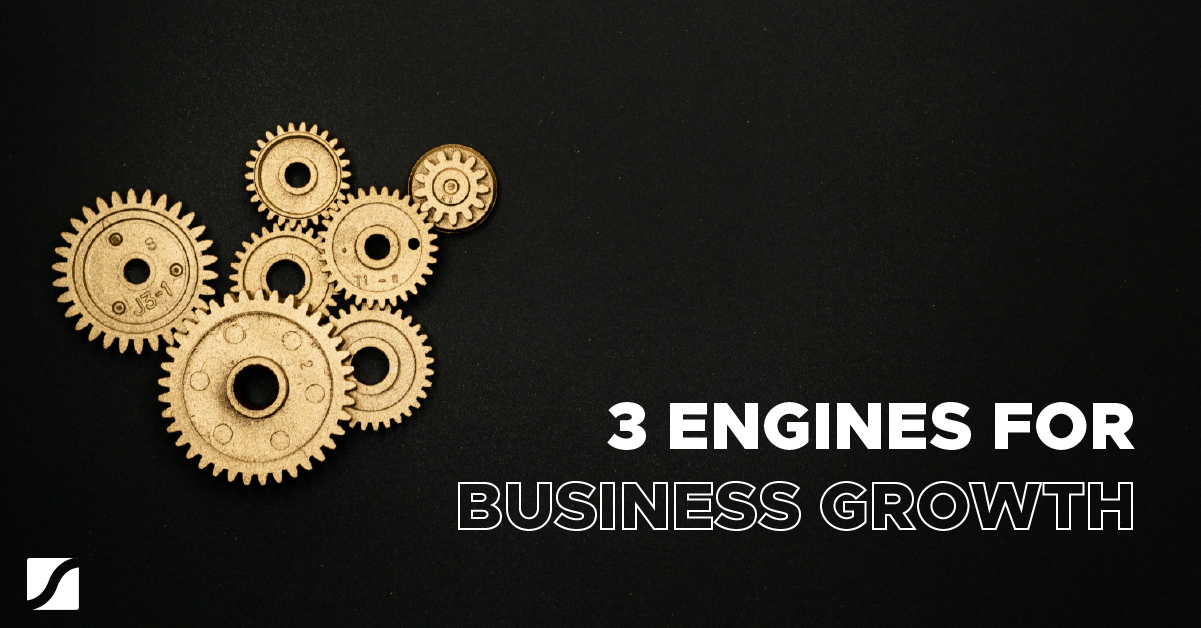Hybrid Work Now & Next: 5 Point Roadmap For Moving From Scrappy To Sustainable
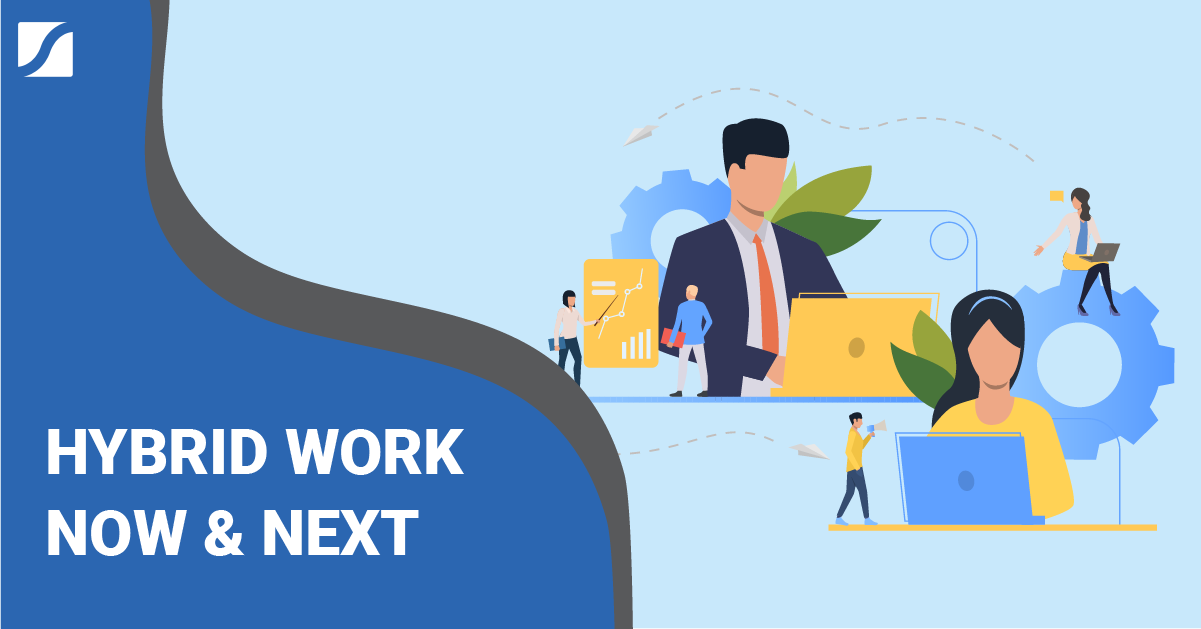
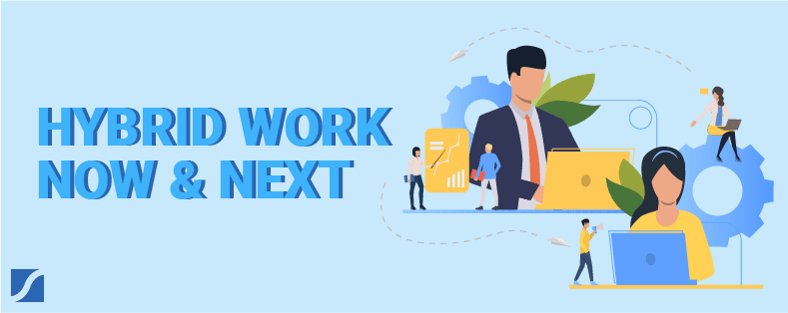
Pivot!” “Asynchronous” “New normal!” “Remote/Hybrid/Virtual”
The shifts required in 2020 and into 2021 are indeed unprecedented. They also provide tremendous opportunity to do better and differently in this next chapter of our individual, and collective, lives.
Many of us, and our companies, were scrappy and figured out how to keep things moving when we were thrown into remote work. But many groups merely lifted and shifted their schedules into Zoom rooms.
Is this about transformation? We prefer “evolution.” With a key focus on asking, “What could we be doing better or differently?”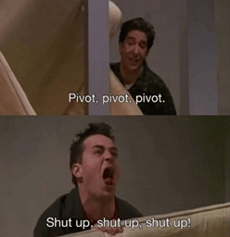
Because remote work is here to stay.
According to a recent UpWork survey (2021) 1 in 4 Americans will be working entirely remotely in 2021 and by 2025, 36.2 million Americans will be working remotely - an 87% increase from pre-pandemic levels, the study revealed.
We predict the majority of companies will move to hybrid work environments, where there is a blend of remote-work and in-person work.
The location of our work is not the only thing that will be shifting.
It’s time to challenge our thinking and our habits to move from scrappy to sustainable. Our structures, our processes, our people practices, our tools.
Where to start? We’ve got you covered with a 5-point roadmap to help you and your companies evolve and own your culture.
Before You Begin: Ensure You’re Ready for Change:
Businesses have options when it comes to how and when they take on change.
Aligning at the founder and leadership level to assess where you are now, where you need to be and the adjustments it could take to get there.
After all, you do have some choices:
- Revert back to status quo pre-COVID
- Craft new ways of reinforcing the existing culture that has been heavily influenced by the “scrappy” nature of how we transitioned into remote work
- Capitalize on the shift to remote/hybrid work to evolve your company culture
If you are ready to get back to the way things were, no hard feelings. You should stop reading here. If you’re curious about what life in option two or three is like, let’s get to work.
Step 1: Poll Your Team:
Start by listening. 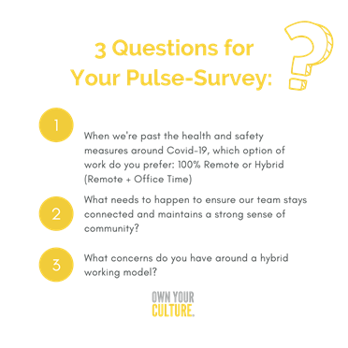 Actively listening to your employees about their preferences is the foundation for trust and not only gives you valuable data to understand the current sentiments of your team, but also helps you build awareness on the operations and performance needs.
Actively listening to your employees about their preferences is the foundation for trust and not only gives you valuable data to understand the current sentiments of your team, but also helps you build awareness on the operations and performance needs.
If you’re already using pulse surveys, heed this advice from the experts at Culture Amp: “Survey only as fast as you can act.”
The key here is to tell your employees what you can act on and what you can’t.
That’s not one and done. Be sure to re-survey frequently and in the context of post-pandemic work to ensure you capture the evolving opinions and concerns of your employees.
Step 2: Explore and Select Your Hybrid Option
You are committed to evolve. You’re seeking input from employees. Now it’s time to decide on the model.
When we get asked to help companies improve their culture and performance, leaders want to know the “right structure” they should be using.
Short answer: there isn't only one structure that will work.
Pick one that has the most advantages, commit and move forward. Good news is you have options. Review these to start.
We know it can be overwhelming, so click through to case studies and examples on how other companies are making the change:
- Hybrid: Hubspot, Spotify
- 100% Remote: Learn from the guru’s at Gitlab who were remote before it became cool (or, at the very least, required!) and DropBox who is transitioning
Step 3: Use Design Thinking to Identify People, Process and Structural Challenges & Considerations to Overcome
Design thinking is a great way to uncover key opportunities by putting yourselves in your key stakeholder’s shoes.
In order to own your culture and evolve your structure, process and people practices, you should consider both the customer experience and the employee experience.
While it’s great to go big and hire experts to come in and guide you through this work, we know that’s not realistic for most. So, we’ll keep it simple with 4 commonly used and simple “WHAT” questions to help guide your design thinking:
WHAT IS: This explores the status-quo of the current reality. The good news is you already have data from your 3 question pulse survey to guide you!
WHAT IF: This is about getting creative and reimagining the way you could do things to get better results.
Once you consider where you are and where you want to go, design thinking can also help you get there faster and stronger.
WHAT WOWs:
Deloitte shares that you can make a lot of progress by studying and observing people at work, and developing “personas” and “profiles” to understand employee demographics, work environment, and challenges.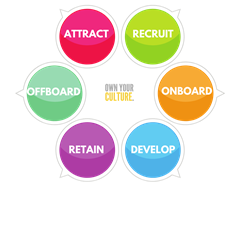 Once you’ve established personas, you can dissect the whole employee life-cycle and consider how to move from scrappy to sustainable to WOW on the way you attract talent, onboard, develop and support your talent.
Once you’ve established personas, you can dissect the whole employee life-cycle and consider how to move from scrappy to sustainable to WOW on the way you attract talent, onboard, develop and support your talent.
WHAT WORKS: A key area of focus here is firming up the agreements and behaviors needed to get work done in this new way:
- When to meet “live” versus leveraging asynchronous work?
- Which roles are able to work from home and where you may have limitations due to the nature of the work?

- How you may need to re-think the design of your physical workspace?
- What tools and training you will need to equip your employees with to be successful?
- How you will be re-design key parts of the employee lifecycle like sourcing, on-boarding and off-boarding to be “remote first”?
- How will you ensure to avoid proximity bias to those that are working physically together?
- How will you revamp how your teams communication?
Step 4: Equip Your Leaders
Leadership isn’t for the weak.
Leading virtually or in a hybrid work environment only elevates the need for effective leadership. Key leadership characteristics such as empathy, clarity and the ability to build relationships have never been more important.
Perhaps this is the movement we’ve needed to move ineffective leaders who may be great thinkers or do-ers into individual contributor roles that don’t impact humans’ day-to-day happiness or their year-to-year effectiveness.
Until we can make that shift in full, here’s what companies can do to give their employees the leaders they deserve:
- Give leaders resources, support and training
- Create a crowd-sourced repository: Book reviews, book club discussion questions, Podcasts,
engaging questions for 1:1 meetings, etc. (Let individual contributors share ideas and have access as
well!) - Think beyond training: the most impactful development can involve education, experience and exposure! You can #borrowfromthebest and learn more how Cisco does this well.
- Create systems to support the leadership you want to see
- Are the behaviors and habits of an outstanding leader explicit?
- Are you storytelling and communicating around these?
- Are they rewarded and reinforced? How?
- Are leaders held accountable when they aren’t consistent here?
Remember, the way you treat, prepare and care for leaders is the way they care for their people. You set the tone.
Step 5: Reinforce & Communicate
You’ve made it...almost!
Now comes the part most companies fail on when implementing change. Reinforcement.
Here, we suggest you focus on three things: context, communication and curiosity.
What context do I use? Always err to “remote-first” regardless if you have 1 or 10,000 employees.
“If you continue to operate office-first, if your meetings are defaulting to office-first, then they fundamentally don’t work outside of the office.
But, if you convert all of your processes to remote-first so that everything works if everyone is outside of the office, then they also work if everyone is in the office. The same is not true in reverse.”
Darren Murph, Head of Remote for Gitlab
How should I communicate? Often, formally and informally.
The work you did to design personas helps you consider how different each of those “people” are thinking, what they might need to hear and how they need to hear it. We recommend communicating often, formally and informally, using different vehicles and repeating yourselves often.
Where should I get curious? Everywhere and often.
People look to Google as a top place to work and a company doing cool things. Regardless of your overall opinion of their company or products, we do know they’ve spent years crafting, and adjusting, their approach to every aspect of the employee experience.
From understanding where referrals come from and how to get better ones, to whether or not managers are needed (punchline: great ones are!), to how they compensate their top performers.
Read Lazlo Bock’s Work Rules: Insights from Inside Google That Will Transform How You Live and Lead.
It can be overwhelming, but know that by changing one process doesn’t mean it should stay that way for the next 10 years. The world changes, humans change, business needs change.
Get curious about your process with three simple steps:
- Continue to ask employees for input. Do this often and in many ways.
- Let them be part of the design and implementation of their ideas.
- Tell them what you are working on and why. And what you aren’t working on and why.
Five Steps...What’s Next
Now that you’ve had an overview of the 5-point roadmap to move your company from scrappy to sustainable, we suggest you pause. For real reflection. To quite our voices (and all the others in your head!) and connect to your gut.
You know your company well. You want to know your people even better than you do today. That’s going to take time.
Remember this process isn’t linear. These steps overlap. And to be honest, it’s not a process at all. It’s a cyclical practice.
Similar to how we have to buy our kids new shoes when they grow out of them and we check for size, we need to check-in as we grow and evolve and determine what we really need to support us through this next phase.
Then repeat. Repeat. Repeat.
You aren’t alone though! We’ve got you covered and invite you to join us in our conversations:
- Humanly Possible: Future of Work Conversations Podcast
- Build High Performing Teams Podcast
- Culture and People ‘Cast (videocast)
- Borrow From the Best series launching April 2021
.



